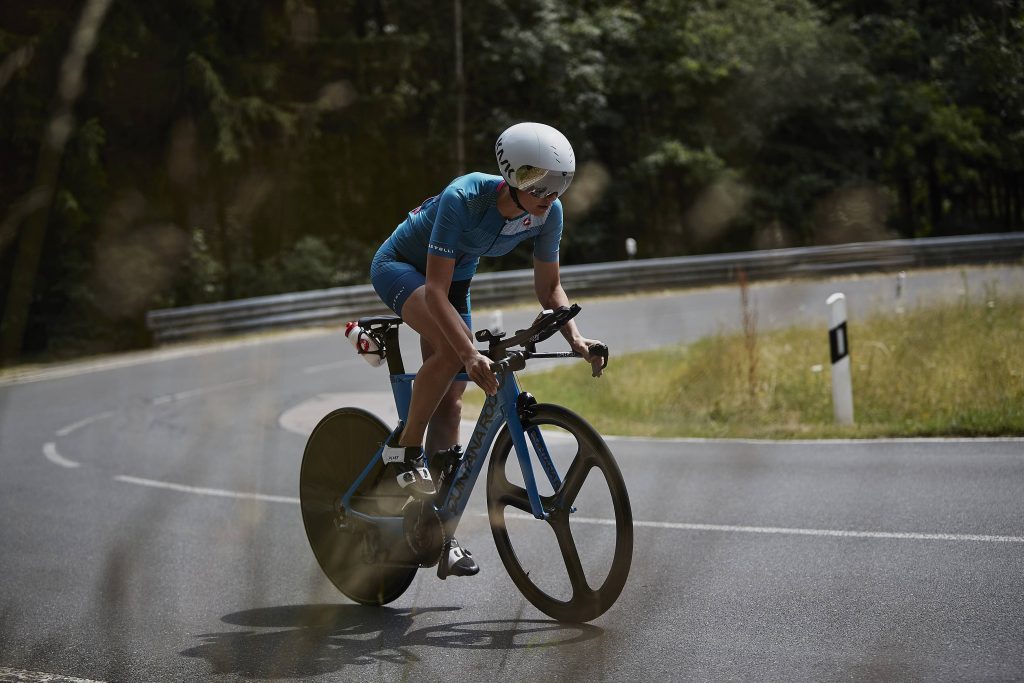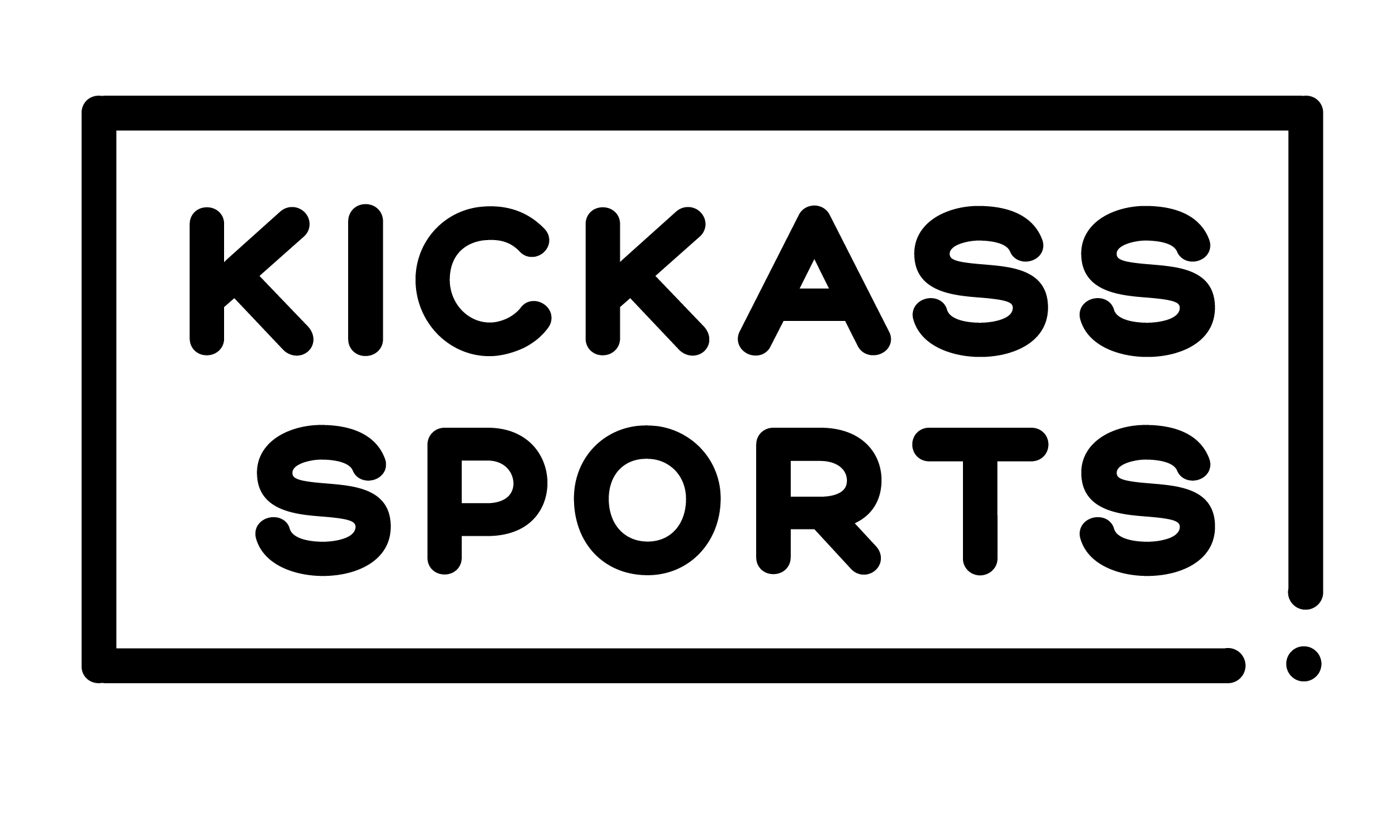Kickass Women
My Cycle – My Training
Fia • 19. May 2021 • 4 Min.
The last time I talked about how women can best track their cycle. Our body talks to us – we just have to listen to it carefully. Today I want to talk about my training plan and how it is adapted to my hormonal situation. I would like to give examples of what cycle-based training can look like. Since every woman reacts differently and sometimes has other complaints during certain phases, it is not possible to make general statements, unfortunately. But I will try my best to share my experiences with you.
Let’s start with cycle day number 1. That is the day your menstrual period begins.
The first day of my period is by far the worst of any month. Very severe abdominal pain every so often forces me to take a full day of rest. Sometimes light stab training is possible. It is important that you give your body the necessary rest on a day like this and not try to work through the training plan with full force. That usually doesn’t work out anyway and you’re even more frustrated than before. Since I’ve been training at Kickass Sports and my plan is adjusted to my cycle, I’ve become much more relaxed when I can’t get through the training due to my period pain. The body takes the rest it needs and that’s a good thing.
My tips if you feel very bad on the first day of your cycle or during the entire period:
- Use a hot water bottle
- No caffeine!
- More sleep than usual
- A short walk in the fresh air
- Possibly light stab training, mobility, stretching or yoga
After rain comes sunshine
The first half of the cycle now unfolds with its full power. Already from the second day of my cycle, things start to get better and now I can do really intensive units. Due to the increased estrogen level in the first half of the cycle, our body can cope better with hard training units and also regenerates faster. I never thought about handling so many intensive units in a row. But this is definitely possible during the first half of the cycle. Many women describe the first half as an energy high, in which they can create and achieve a lot more. Our body temperature is lower than in the second half and the blood sugar level is also more constant. We want to use this property until ovulation.
What I mean by intensive sessions:
- Mountain runs, e.g. B. 2 series of 6×60 sec. fast uphill
- VO2max intervals on the bike, e.g. 3x10x30 / 30sec.
- Tempo change runs, e.g. B. 5×1000 m Race Pace i. W. with 1000 m GA- . Wheel intervals in the development area, e.g. B. 4×6 min
- Strength training with a lot of weight
A training week during the first half of the cycle could look like this for me, for example:
- Monday: Core & Mobility
- Tuesday: Vo2max intervals on the bike
- Wednesday: Run Track Session
- Thursday: Easy Rad
- Friday: mountain runs
- Saturday: Race pace intervals on the bike
- Sunday: long run
Not bad, right? Personally, I am always really looking forward to the first half of the cycle and the many fast training programs. But after two weeks it feels good to take your foot off the accelerator. With the feeling that I have trained very well, I then start the second phase of the cycle.

© James Mitchell
Second half of the cycle – winter is coming
After ovulation, we are in the second half of the cycle and the hormone progesterone dominates what happens. It is a little harder for us to regenerate. Some women also complain about abdominal pain on the day of ovulation.
Now is the time to reduce the intensive units and, for example, take care of the basic endurance and movement sequences. That doesn’t necessarily mean that no more fast training sessions can be done, but definitely not at such a high density. We’re still trying out how many intensive units I can handle in the second half of the cycle. You have to approach it slowly. When we started with cycle-based training, we only planned loose units in the second half of the cycle. In the meantime, however, there are always small stimuli, especially between days 14-21, such as a pace change run. High-intensity intervals are much more difficult for me in this phase. I also reduce the weight during strength training and do a few more repetitions. But we can build in longer intervals or small driving games from time to time. In the last week of the cycle, before menstruation starts again, we still use loose sessions to keep the PMS symptoms in check.
What if we overshoot the mark? I have noticed that I have significantly more abdominal pain after training too hard in the second half.
For example, on New Year’s Eve, I ran a 10km run. This run was in the second half of the cycle. Despite the less favorable hormonal situation, the run went very well and I was even able to set a new personal best. A few days later, when I got my period, I had to fight extremely bad stomach cramps. That showed me that you can perform well in the second half of the cycle, but you may have to take it into account in retrospect. That’s why we try to avoid such a situation during training.
What experiences have you had with cycle-based training? Do you have any questions that I haven’t answered here? I look forward to every message.
Until next time!
Fia

